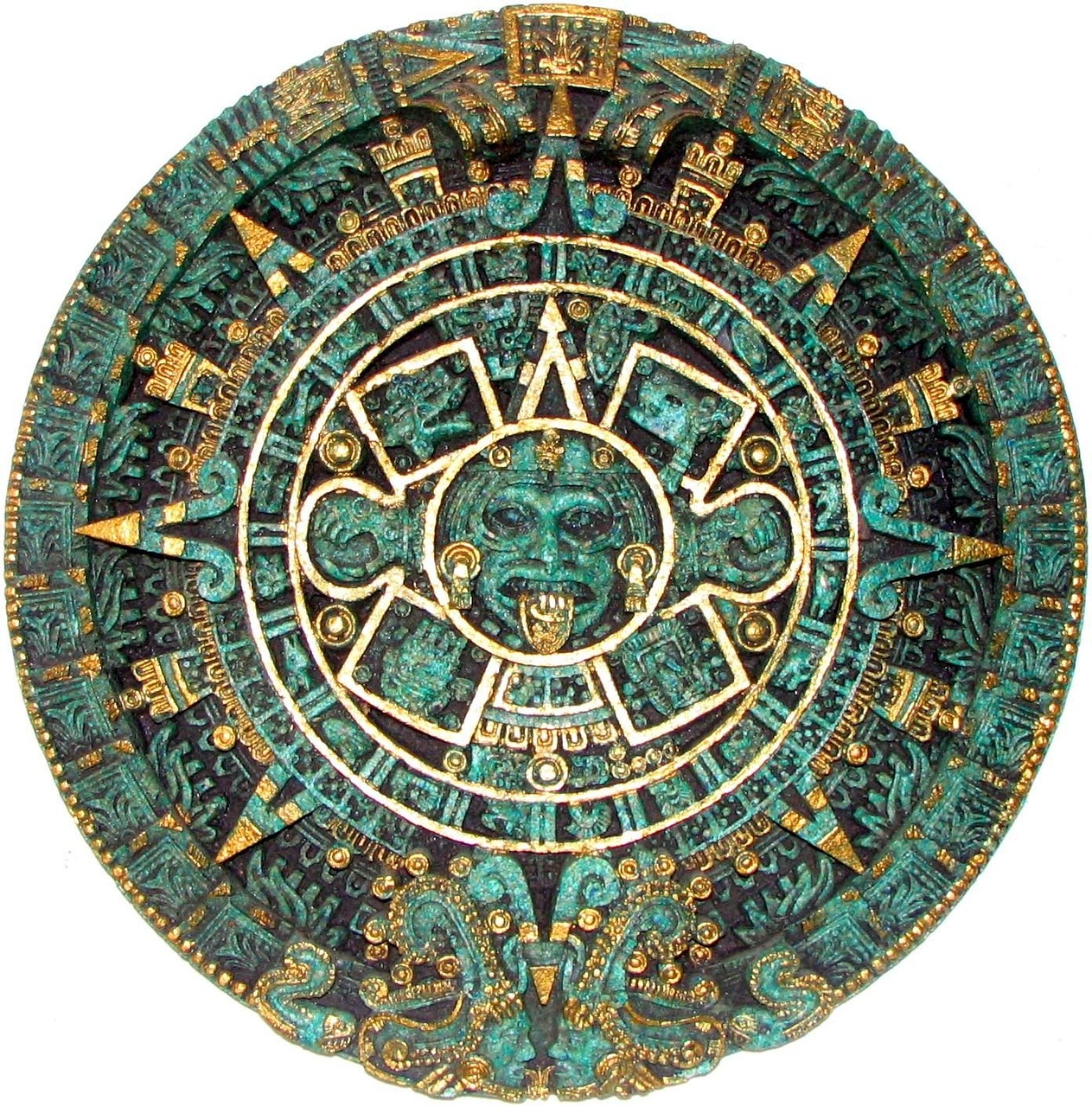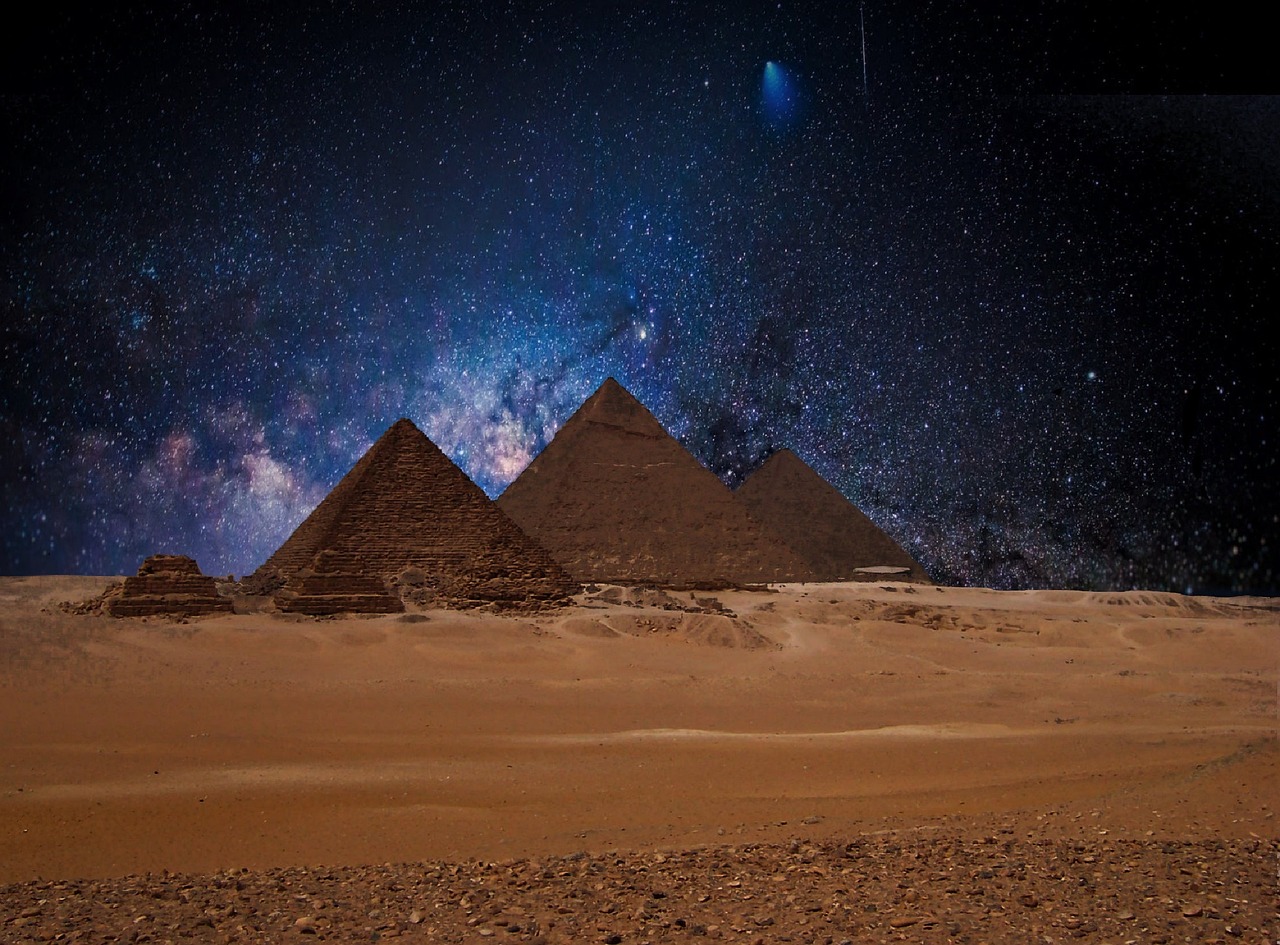Passion of the People – 1.1.7
The Knowledge of the Advanced Civilisations
Beyond the Greek and Roman ancient astronomy, there were other advanced civilisations that shaped the knowledge on the stars.
Babylonian Astronomy
Dating back to 1800 B.C., the Babylonians were among the first civilization to document the movements of the Sun and the Moon. They maintained a very detailed record of these motions including a daily, monthly, and yearly position of the celestial bodies. This information was initially of mystical value used to warn the king about possible catastrophic events. It is said that the first appearances of the famous Hailey’s comet were documented by the Babylonians and it is also them who first divided the sky into zones.
Indian Astronomy
There are numerous contributions of ancient India in the field of Astronomy but the most notable one was by Aryabhatiya. It is through him that Indian astronomy veered away from the mystical and religious and towards the scientific. Although his works are under the premise that the world is geocentric, many are still of value to modern mathematics and astronomy. Aryabhatiya was able to assume that the Earth is rotating on its axis and that the Moon and other planets shine through reflected light from the Sun.
Mayan Astronomy
Mayan astronomers sought guidance from the sky. They were particularly interested in studying the motion of the stars, sun, and other planets. The ancient Mayans have managed to observe and document these movements through shadow-casting devices they invented. It is through these observations that they developed the Mayan Calendar to keep track of the passage of time.
Egyptian Astronomy
Having one of the most advanced and affluent cultures, ancient Egypt has significant contributions to astronomy of today. Just like in any ancient civilisation, the movements and patterns of the sky ignited the creation of myths to explain astronomical events. The Egyptians are not an exemption to this. They built huge pyramids and temples based on astronomical positions. An example of this practice is The Great Pyramid of Giza. It was built to align with the North Star which at that time was Thuban instead of Polaris.
The Nabta Playa is one of the most intriguing astronomical locations in Egypt. It is where a circular stone structure can be found that is presumed to be a giant calendar to identify the summer solstice.
The Egyptian inclination to astronomy is not purely religious but practical as well. They used the observations of the celestial bodies to predict and therefore prepare for the flooding of the Nile River. The Egyptians developed a calendar system that is close to the one we currently use. It has 30 days in one month and 365 days divided into 12 months. The difference is that they have 10 days for each week with 3 weeks each month.
Chinese Astronomy
The Chinese have one of the most detailed documentation of astronomical observations. Gan De is one of the most notable astronomers in ancient China. He was the first to take notice of Ganymede, which at that time he described as a small reddish “star” around Jupiter. Shi Shen also created one of the most detailed and oldest catalogues of the stars – Star Catalogue of Shi. The Chinese took notice of stars that suddenly appear among other fixed stars. It was believed that what they observed was a supernova.
The Dunhuang Star Atlas was discovered by an archaeologist in a Buddhist cave in Dunhuang, China. It is said to be the earliest known preserved star map in the world which dates back before AD 700.
Persian Astronomy
Astronomy was highly popular during the Post-Islam Persian civilization. Abd al-Rahman al-Sufi or commonly known as Azophi is one of the most brilliant astronomers of all time. The Andromeda Galaxy was first described in his book The Book of Fixed Stars. He made some corrections and revisions on the original concept of constellations by Ptolemy. Abu Mahmud Hamid ibn Khidr al-Khujandi is a brilliant astronomer who built a giant sextant with the purpose of calculating the Earth’s axis. It was his own invention and its massive size made it possible to come up with a lot more accurate calculation. His measurement was off by just two minutes; a level of accuracy that had never been attained before.
(This article is based on a blog post from Jason Cook / Telescopic Watch from 2018)


Further Resources
Links below will redirect you to external websites. In accordance with the European data protection declarations, we would like to point out that by clicking on these links you may send data to external providers. We cannot prevent that.
Images
![]() The Andromeda galaxy (Pixabay)
The Andromeda galaxy (Pixabay)
Videos
![]() Ancient Maya – Tools of astronomy
Ancient Maya – Tools of astronomy
![]() Maya astronomy and calendar (Giulio Magli, Politecnico di Milano)
Maya astronomy and calendar (Giulio Magli, Politecnico di Milano)
![]() Staring at Starry Skies: Ancient Babylonian Astronomical Data and Greek Science
Staring at Starry Skies: Ancient Babylonian Astronomical Data and Greek Science
![]() Sky-Gazing and Seasonal-Granting: Astronomy in Ancient China
Sky-Gazing and Seasonal-Granting: Astronomy in Ancient China
 GLI ASTRI SPIEGATI DAI MAYA – documentario – IL NAVIGATORE CURIOSO TV
GLI ASTRI SPIEGATI DAI MAYA – documentario – IL NAVIGATORE CURIOSO TV
 Scoperto il più antico calendario Maya del mondo, l’antropologo: “Ecco perché è importante” – La Repubblica
Scoperto il più antico calendario Maya del mondo, l’antropologo: “Ecco perché è importante” – La Repubblica
 Gli Scienziati Hanno Finalmente Compreso l Segreti Del Calendario Maya – IL LATO POSITIVO
Gli Scienziati Hanno Finalmente Compreso l Segreti Del Calendario Maya – IL LATO POSITIVO
 Piramidi & Allineamento Celeste | Astronomia dell’antico Egitto e Costellazione di Orione – il Faraone Tours
Piramidi & Allineamento Celeste | Astronomia dell’antico Egitto e Costellazione di Orione – il Faraone Tours
 “NUT: Come gli Egizi Leggevano la Via Lattea e Prevedevano il Futuro” – L’Anello mancante
“NUT: Come gli Egizi Leggevano la Via Lattea e Prevedevano il Futuro” – L’Anello mancante
 Correlazione tra Piramidi di Giza & Orione |Hawass VS Bauval – il Faraone Tours
Correlazione tra Piramidi di Giza & Orione |Hawass VS Bauval – il Faraone Tours
 Africa 27: ANTICO EGITTO-16, piramidi di Giza e costellazione di Orione – Roberto Busceti – ANTIQUA TV
Africa 27: ANTICO EGITTO-16, piramidi di Giza e costellazione di Orione – Roberto Busceti – ANTIQUA TV
 Sirio e Costruzione delle piramidi di Giza | Astronomia – il Faraone Tours
Sirio e Costruzione delle piramidi di Giza | Astronomia – il Faraone Tours
 Nabta Playa: Alle origini della Civiltà Egizia – il Faraone Tours
Nabta Playa: Alle origini della Civiltà Egizia – il Faraone Tours
 Le costellazioni di al-Sufi – Istituto e Museo di Storia della Scienza, Museo Galileo
Le costellazioni di al-Sufi – Istituto e Museo di Storia della Scienza, Museo Galileo
Online Resources
![]() Ancient Cultures and How They Shaped Astronomy (Blog post by Jason Cook / Telescopic Watch)
Ancient Cultures and How They Shaped Astronomy (Blog post by Jason Cook / Telescopic Watch)
 Scienza indiana: periodo classico. Astronomia – TRECCANI
Scienza indiana: periodo classico. Astronomia – TRECCANI
 La stella di Betlemme: realtà o fantasia? – Passione Astronomia
La stella di Betlemme: realtà o fantasia? – Passione Astronomia
 La cometa di Halley sta ritornando verso la Terra, il passaggio si vedrà a occhio nudo nel 2061 – Geopop
La cometa di Halley sta ritornando verso la Terra, il passaggio si vedrà a occhio nudo nel 2061 – Geopop
 Il cielo Maya – ScienzaPerTutti
Il cielo Maya – ScienzaPerTutti
 Calendario Maya, trovate le prove più antiche – Passione Astronomia
Calendario Maya, trovate le prove più antiche – Passione Astronomia
 L’astronomia egizia – TRECCANI
L’astronomia egizia – TRECCANI
 Le piramidi, porte per le stelle – STORICA National Geographic
Le piramidi, porte per le stelle – STORICA National Geographic
 Nabta Playa – Luisa Bovitutti
Nabta Playa – Luisa Bovitutti
 Calendario civile dell’antico Egitto
Calendario civile dell’antico Egitto
 La scienza in Cina: dai Qin-Han ai Tang. Il cielo – TRECCANI
La scienza in Cina: dai Qin-Han ai Tang. Il cielo – TRECCANI
 Un astronomo persiano, un poeta fiorentino e un navigatore genovese – Passione Astronomia
Un astronomo persiano, un poeta fiorentino e un navigatore genovese – Passione Astronomia
 L’astronomia di al-Ṣūfi nel Libro delle stelle fisse – Passione Astronomia
L’astronomia di al-Ṣūfi nel Libro delle stelle fisse – Passione Astronomia
Further Readings
 IL CALENDARIO EGIZIO – Paolo Galiano
IL CALENDARIO EGIZIO – Paolo Galiano
 Astronomia in Cina: dall’antichità al XIV secolo d.C. – Riccardo Cavalier
Astronomia in Cina: dall’antichità al XIV secolo d.C. – Riccardo Cavalier
 Le prime meridiane a camera oscura – Gianni Ferrari
Le prime meridiane a camera oscura – Gianni Ferrari
Teaching Material
 La storia dell’astronomia cinese
La storia dell’astronomia cinese
For Kids
